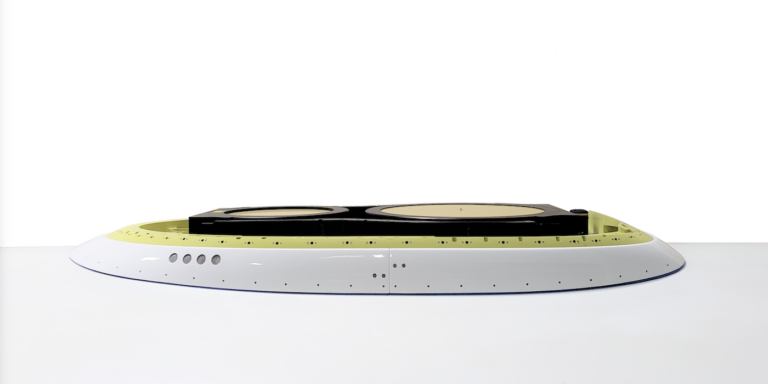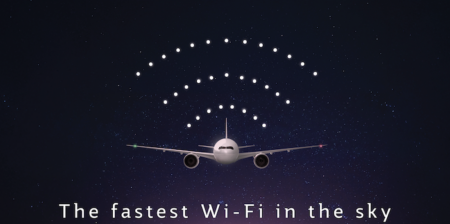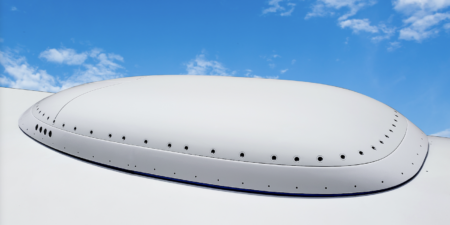ThinKom Solutions has developed a new range of phased-array antennas that are interoperable with the next generation of low-earth orbit (LEO) and mid-earth orbit (MEO) networks as well as geostationary (GEO) satellites.
“Our position is that users and sellers of aeronautical satellite connectivity should not have to make an either-or choice,” said Bill Milroy, chairman and chief technical officer of ThinKom Solutions. “Our antenna technology has the versatility to support an integrated multi-constellation solution offering gap-free pole-to-pole coverage with automatic beam switching, rapid outage recovery and network optimization for different geographical regions.”
According to the company, agility tests have shown that the phased-array antenna design achieves switching speeds of less than 800ms, which has been determined by LEO and MEO service providers to be more than sufficient for beam switching among the fast-moving satellites with virtually no interruption in connectivity.
Milroy explained that the phased-array architecture provides rapid switching speeds without the limitations of electronic scanning antennas in terms of instantaneous bandwidth, low-look-angle performance, power consumption and aperture efficiency.
“The new LEO and MEO satellite networks currently under development have the potential to disrupt the satcom market with inexpensive bandwidth and offer unique benefits in terms of latency, coverage, throughput and redundancy,” Milroy added. “At the same time, GEO high-throughput satellites (HTS) represent proven lower-risk technology but have limitations in terms of high-latitude coverage, lower spectral efficiencies and latency.”
This variance in capability presents a dilemma for companies facing multi-year planning cycles for satcom terminal selection, which he believes is answered with the new antenna design.
A video explaining the antenna technology is available HERE. 





